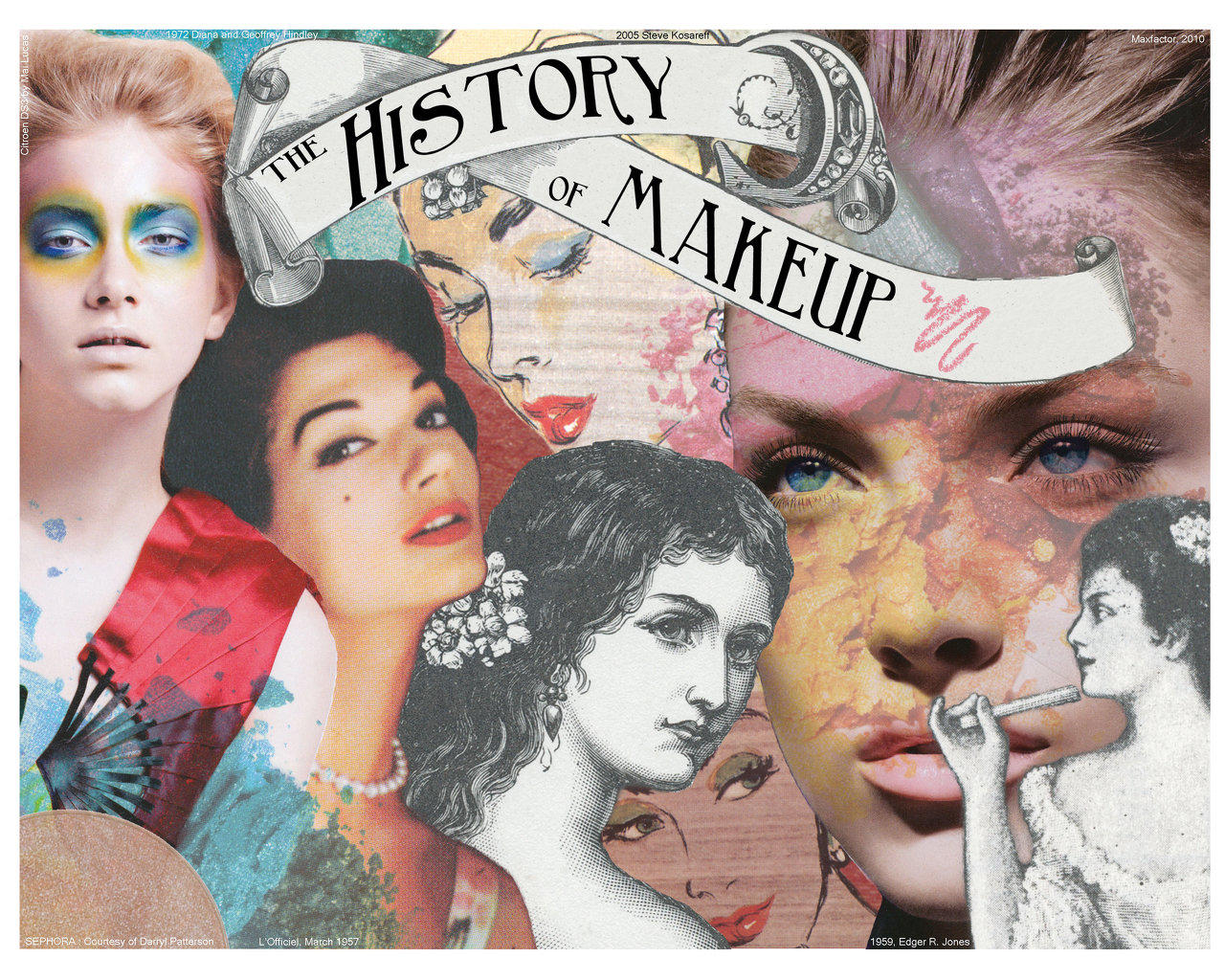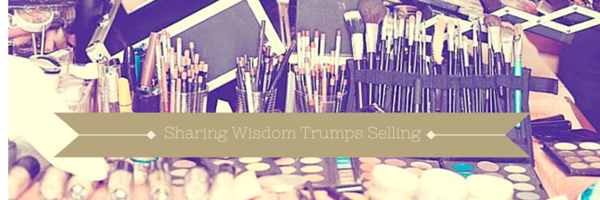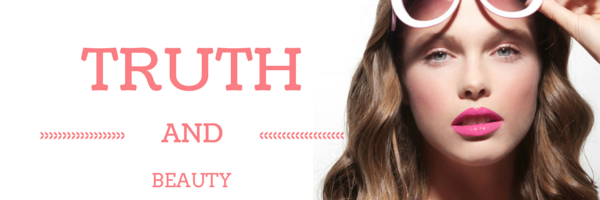In 1912 Max Factor was the first person to create professional make- up products for use in the new and fledgling motion picture industry. His new line of makeup gave a matte finish and withstood hot lights. Before that, professional makeups were heavy, shiny grease paints used for theater and vaudeville. As the motion picture industry blossomed, starlets were born, and women yearned to look like Mary Pickford, Louise Brooks and Theda Bara. Recognizing that the heavy makeup used for the camera was not appropriate for everyday wear, Factor created a retail line for everyday use called “Society Makeup”. Today that line, known as Max Factor is sold in drug stores.
Hundreds of makeup lines have come and gone since Factor came on the scene in 1912. However, it was not until 1987 that another makeup artist would create a line to be sold to the general public.
In the 70’s, the hair care industry discovered that women wanted what the professionals used. Vidal Sassoon was the first to label his shampoo and conditioners “for professional use only”. Of course this was merely a marketing strategy. Sassoon’s products were sold at grocery and drug stores. However, women who read the label conjured up visions of glamour and imagined themselves being pampered in a salon along with all of the celebrities Vidal Sassoon was known to work with. As a result, the sales of these products went through the roof, and Sassoon became a household name. Like today, the public believes if the pros use these products, then they must be superior to all of the others on the shelf.
Department stores, where all prestige brands are sold, give new lines nine months to a year to achieve their sales goals and provide what is called a “B” location––not on a main aisle but not way in the back either. Those falling short are dropped or relocated to a less desirable spot with even less space. M•A•C was no different.
“M•A•C ROLLED OUT THE RED CARPET FOR OTHER PROFESSIONAL MAKEUP LINES TO WALK ON”.
Although it was created in Canada in 1984, it didn’t launch at Nordstrom until 1987. In retail cosmetics today, nearly every beauty consultant wants to work for M•A•C. However in the beginning, stores had a hard time finding and keeping consultants on the line. No one had heard of M•A•C and they had no advertising. The tester units and packaging closely resembled Stagelight, a theatrical line that went retail in the 70’s, during the disco era. Sales were slow and several counters were dropped from the Nordstrom chain as a result. Some counters were relocated elsewhere on the sales floor and a few held their own.
One night in 1991. Madonna appeared on the Arsenio Hall Show, which at that time, was the most watched show in its time slot. As the interview wound down, Hall asked a question that would change the course of cosmetics history. “I’ve been watching you lick your lips and bite on them all night and your lipstick hasn’t even moved,” Hall said. “What do you have on?” As every woman in America leaned into the television set desperately anticipating her answer. Madonna said, “It’s called Russian Red. It’s M•A•C”.
The next morning, department store operators were bombarded with women asking, “Do you carry M•A•C?”. I witnessed dozens of women waiting for the doors to open at the South Coast Plaza, Nordstrom in Southern California. There wasn’t even a line person on the M•A•C counter at the time. Frantic customers crowded around the 5-foot case and scavenged the lipstick testers. Many shoppers, curious about the frenzy, approached the counter to see what all the commotion was about. Imagine walking through a store when suddenly you see a huge crowd of women pushing and shoving all around one rack of clothes. You have no idea what is on the rack, or why it is so crowded, but instinctively you want whatever is there and you join in. The scene lasted all day long. The days turned into weeks as word-of-mouth produced a constant stream of customers who came looking for the lipstick Madonna uses. Right away, Nordstrom moved M•A•C to a higher traffic location. Every hour, women would notice M•A•C, excitedly recall Madonna’s comment and purchase up a storm.
Before M•A•C hit the U.S., the top selling line was Lancôme, and while Lancôme may still be number one in overall volume, M•A•C typically out- sells them in stores that carry both vendors.
M•A•C rolled out the red carpet for other professional makeup lines to walk on. They set the stage and showed others that it was not impossible to compete with “The Big Three,” Lancôme, Estee Lauder and Clinique. Their success produced an explosion of other professional makeup lines that found their way into our makeup bags. Some of the pro lines that followed M•A•C include Trish McEvoy, Stila, Bobbi Brown, Laura Mercier, Nars, Vincent Longo, and Senna. M•A•C gave women a better range of colors, matte lipsticks and shadows no other company off e red at the time. Most importantly, they gave us a color range and selection of warm undertone foundations that to this day, “The Big Three” still do not offer.
Today, all of the makeup artist lines contain foundation shades that consist mostly if not completely of warm tones, which confirm what makeup artists knew all along nearly all women have a warm complexion, not cool, even though most of the old- school cosmetic companies still consist of about 70% cool foundations! What are they waiting for? Perhaps, since fashion tends to repeat itself every 20 years, the pink face look will come back in style. Not if makeup artists have anything to do with it!
Love and Wisdom
Donna




